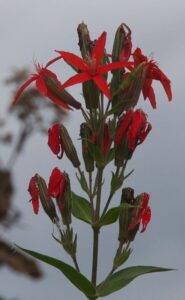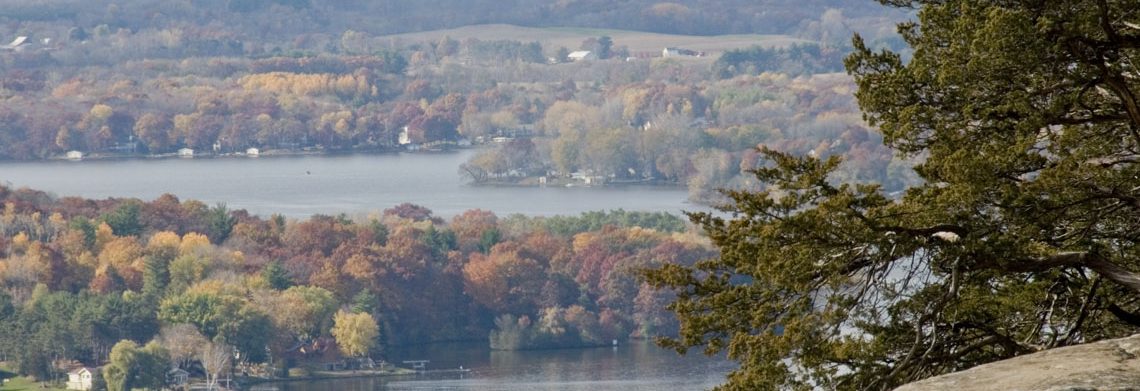cardinalflower
Lobelia cardinalis

Description:
Lobelia cardinalis, commonly known as cardinal flower, is a herbaceous perennial plant belonging to the family Campanulaceae. It is native to North America and can be found growing wild in wetlands, along stream banks, and in other moist habitats throughout much of the eastern and central regions of the United States, as well as parts of Canada.
The plant typically grows to a height of 2-4 feet (60-120 cm) and has a spread of 1-2 feet (30-60 cm). It has lance-shaped, bright green leaves that are up to 6 inches (15 cm) long and 2 inches (5 cm) wide. The leaves are arranged alternately along the stem and have toothed edges.
The flowers of the cardinal flower are its most striking feature. They are bright red and tubular, with five petals fused together to form a long, narrow tube that flares out at the end into two lips. The flower stalks can reach up to 4 feet (120 cm) in height and are topped with multiple flower spikes, each bearing numerous flowers. The flowers bloom from mid-summer to early fall and are pollinated by hummingbirds and butterflies.
Overall, the cardinal flower is a beautiful and distinctive plant that is prized by gardeners and naturalists alike for its showy blooms and ability to attract pollinators.
Details:
cardinal flower
References:
- iNaturalist – Lobelia cardinalis
- ITIS Database – Lobelia cardinalis
- Native Plant Network – Lobelia cardinalis
- USDA Plants Database – Lobelia cardinalis
- Wisflora Database – Lobelia cardinalis
Return to Native Plants page
